 It’s astonishing to look back at the development of the technology industry over the past half a century.
It’s astonishing to look back at the development of the technology industry over the past half a century.
This article looks back at the 53-year period between 1970 and 2023, and the key events that defined the tech world in each of those years.
It’s a fascinating exploration of milestones and innovations that have shaped the modern digital world.
The list covers the introduction of ground-breaking devices and the birth of iconic companies to the emergence of the world wide web and the advent of disruptive technologies.
What major technological developments happened in the year you were born (assuming you were born in 1970 or later)?
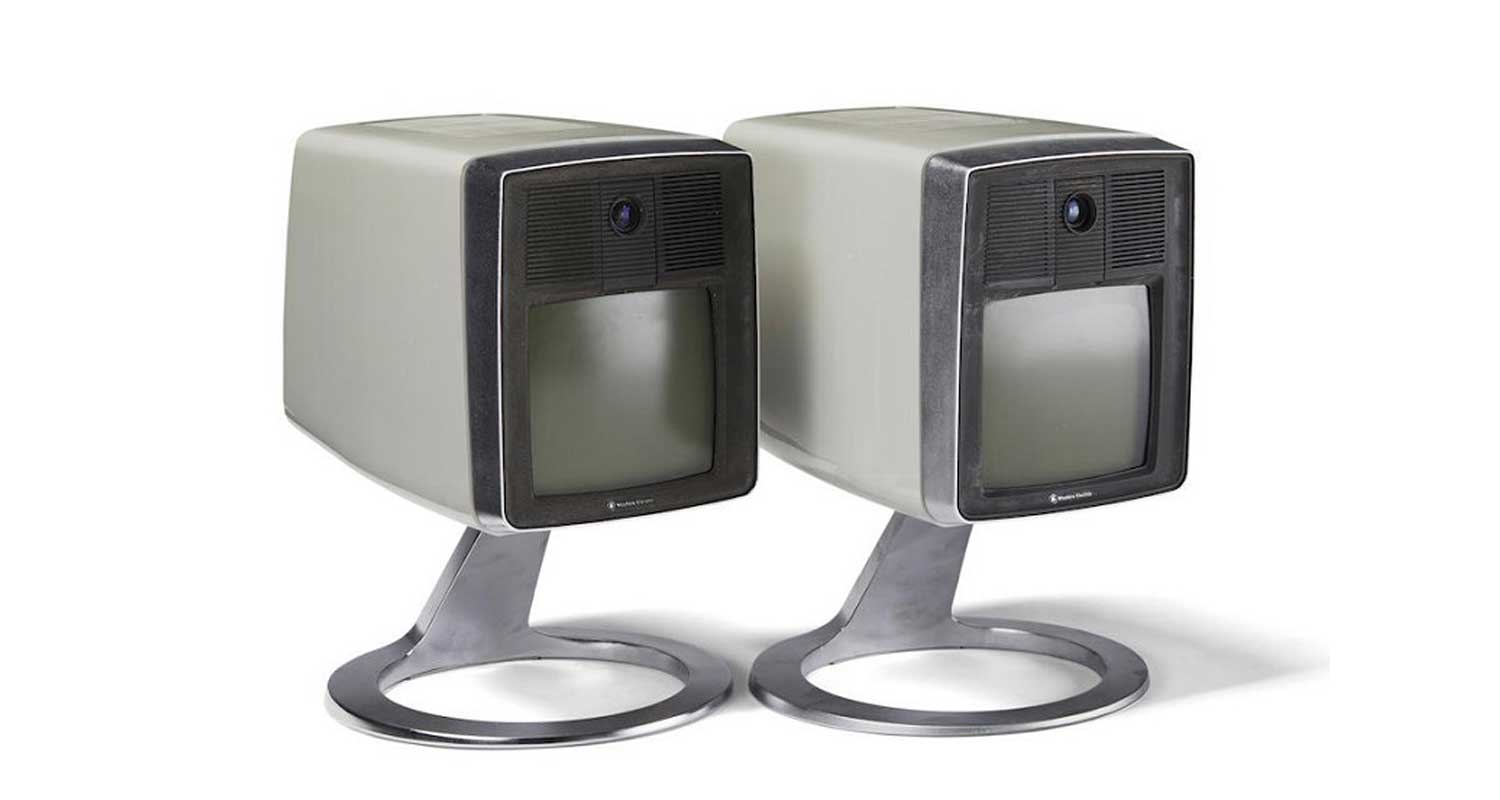
1970
- AT&T introduces the Picturephone at a cost of US$160/month for each fixed endpoint.
- Corning Glass invents fibre-optic cables capable of carrying data through pulses of light.
1971
- Xerox Parc develops the first laser printer.
- Ericsson demonstrates the first transatlantic video telephone call (LME).
1972
- Magnavox demonstrates and later releases the first videogame console, the Magnavox Odyssey, costing $100.
- The compact disc is invented by James Russell.
- Pong, the first commercial videogame, is released on 29 November.
- Giant screen projection TV is first marketed by Pioneer.
1973
- Martin Cooper develops the first handheld cellular phone.
1974
- Intel introduces the 8080 microprocessor, setting a new standard in the personal computer industry.
- The first product to use barcode technology is a 10-pack of Wrigley’s Juicy Fruit chewing gum.
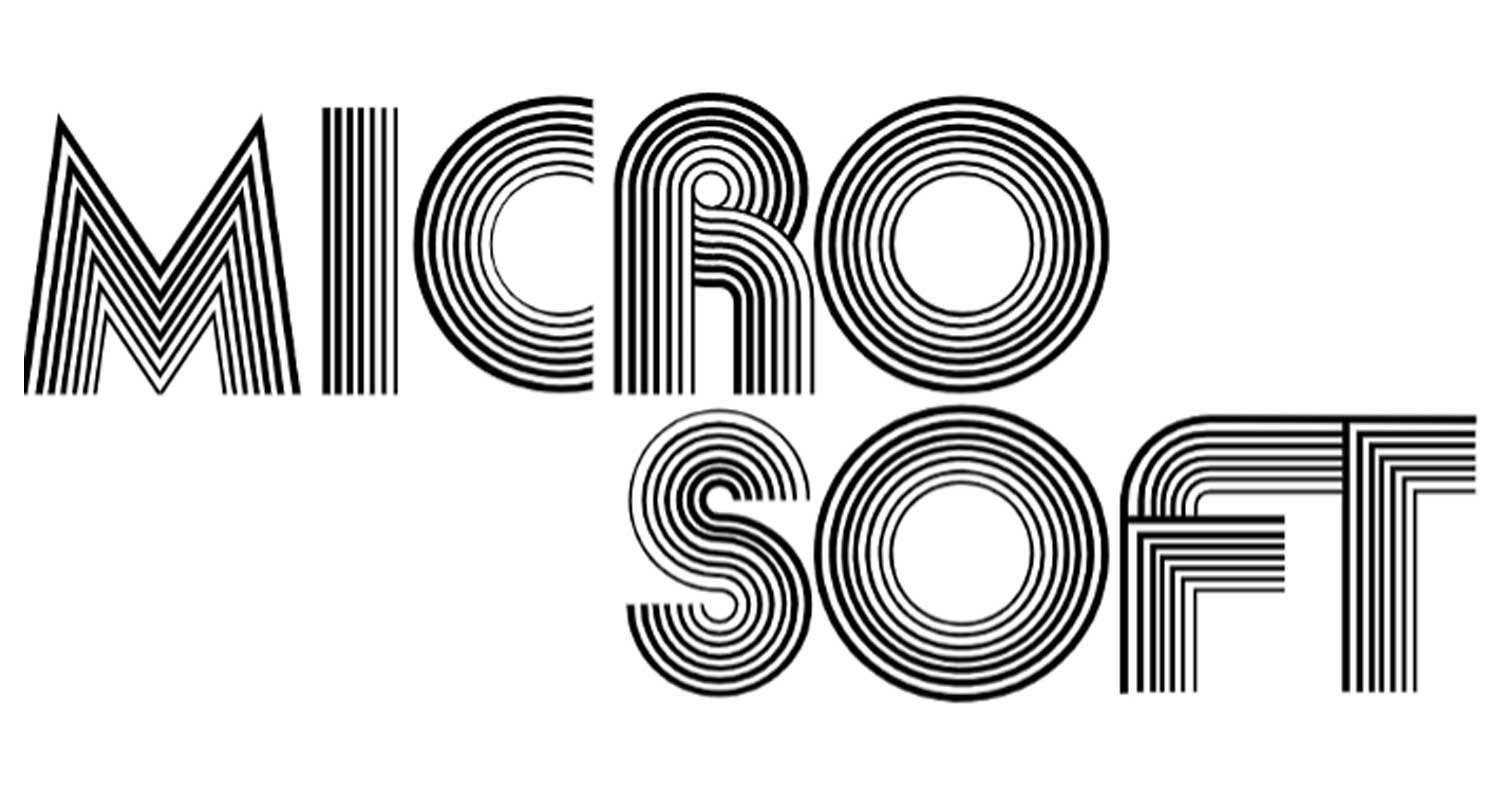
1975
- Bill Gates and Paul Allen establish Microsoft on 4 April.
- The first digital camera is invented.
1976
- Steve Wozniak designs the first Apple computer, the Apple I, in 1976. Wozniak and Steve Jobs co-found Apple Computer on April Fool’s Day.
- Sony introduces Betamax, the first home video cassette recorder.
- Cray Computer launches the world’s first supercomputer, the Cray-1, capable of 240 million calculations per second.
1977
- Apple II, the first personal computer with colour graphics, is demonstrated.
1978
- The 5.25-inch floppy disk becomes an industry standard.
1979
- Hayes markets its first modem, which becomes the industry standard.
- CompuServe becomes the first commercial online service offering dial-up connection on 24 September.
- The first cellular phone communication network starts in Japan.
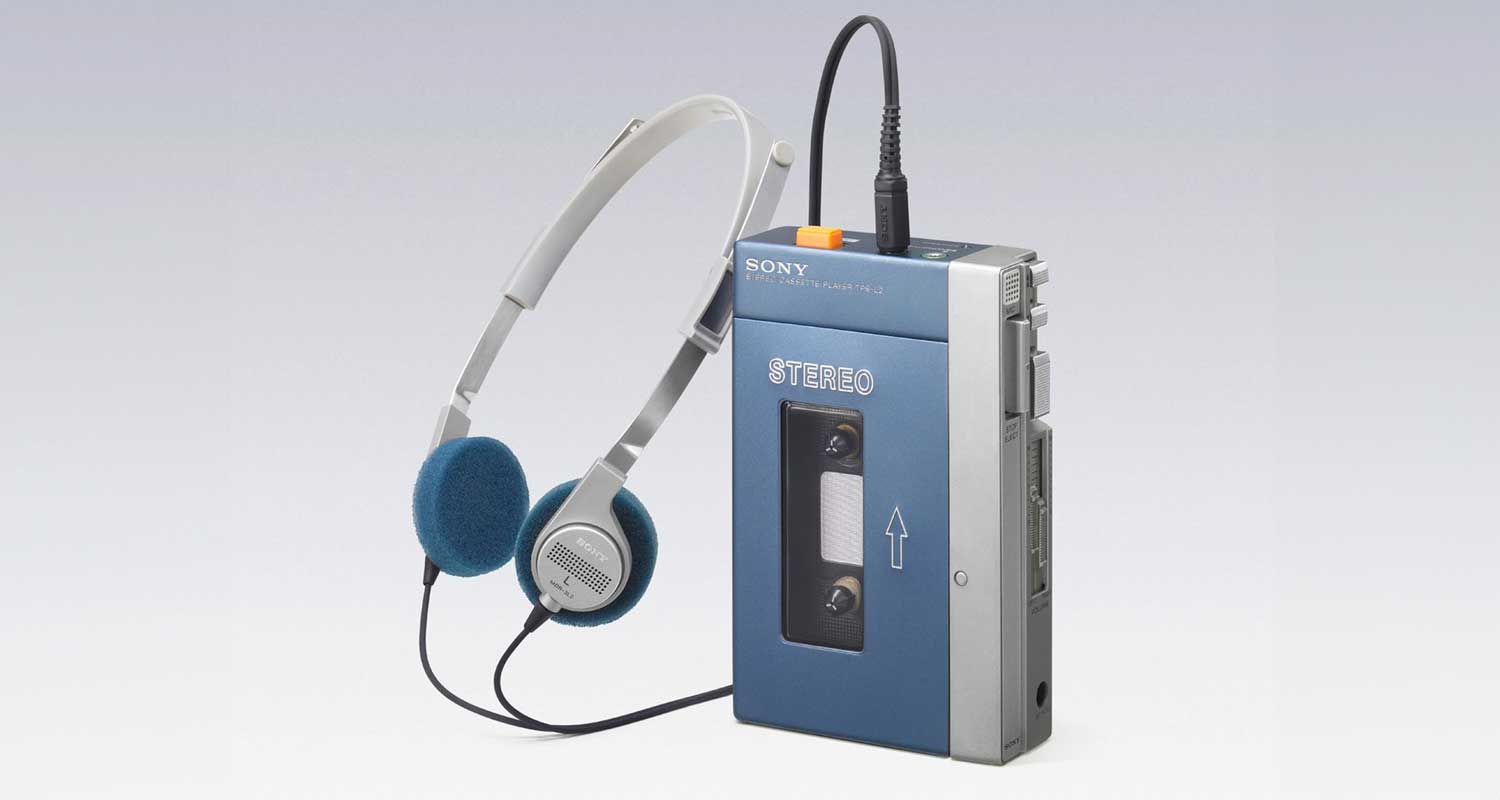
1980
- The worldwide number of personal computers in use reaches a million.
- The Sony Walkman is invented.
- Conferon develops a system of wireless headsets and beepers for meetings to improve on-site communication.
1981
- The Commodore Vic-20, the first colour computer for less than $300, hits the market.
- IBM releases its first personal computer, the IBM PC.
- The first “laptop” computers are sold to the public. The Osborne, weighing 11.1kg with a 5-inch display, is developed.
- Microsoft’s MS-DOS 1.0 is released in August.
- NHK demonstrates HDTV with 1 125 lines of resolution.
1982
- Time magazine names the personal computer as the “machine of the year” on 26 December 1982.
1983
- GPS (Global Positioning System) is opened for use by civilian aircraft.
1984
- Apple releases the Macintosh, the first widely produced computer with a mouse and a graphical user interface.
- CD-ROM disrupts the data storage and music industries.
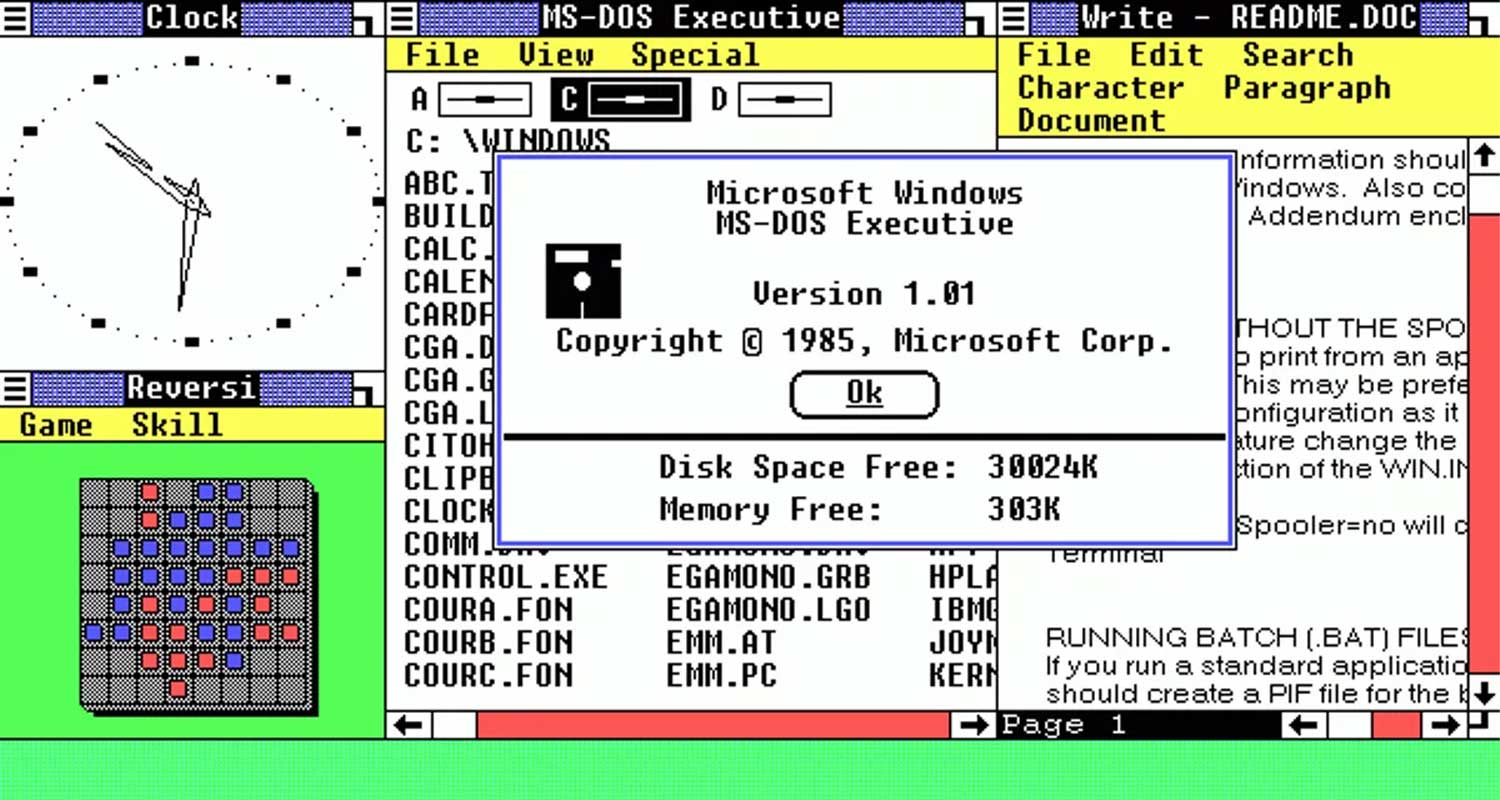
1985
- Microsoft releases Windows 1.0 for $100.
- CD-ROMs with the ability to store 270 000 pages of text on a single disc are released.
- Symbolics registers the first internet domain name, symbolics.com, on 15 March.
1986
- The first IBM PC virus, Brain, is released.
- Compaq introduces the first Intel 80386-based PC.
1987
- The first pocket-sized cellphone is launched in Britain.
1988
- IBM and Sears launch a Videotext venture under the Prodigy name.
- The internet’s first self-replicating virus, the Morris worm, crashes about 10% of the world’s internet-connected computers in 24 hours.
1989
- The global number of fax machines more than doubles to 2.5 million units – but the technology’s collapse is looming as e-mail begins to supplants it.
- The number of computers in use worldwide reaches 100 million units.
- Garmin is established as “ProNav” to develop and sell GPS products to consumers. Its first product, a GPS unit, costs $2 500. ProNav later changes its name to Garmin, merging the first names of its founders Gary Burrell and Min H Kao.
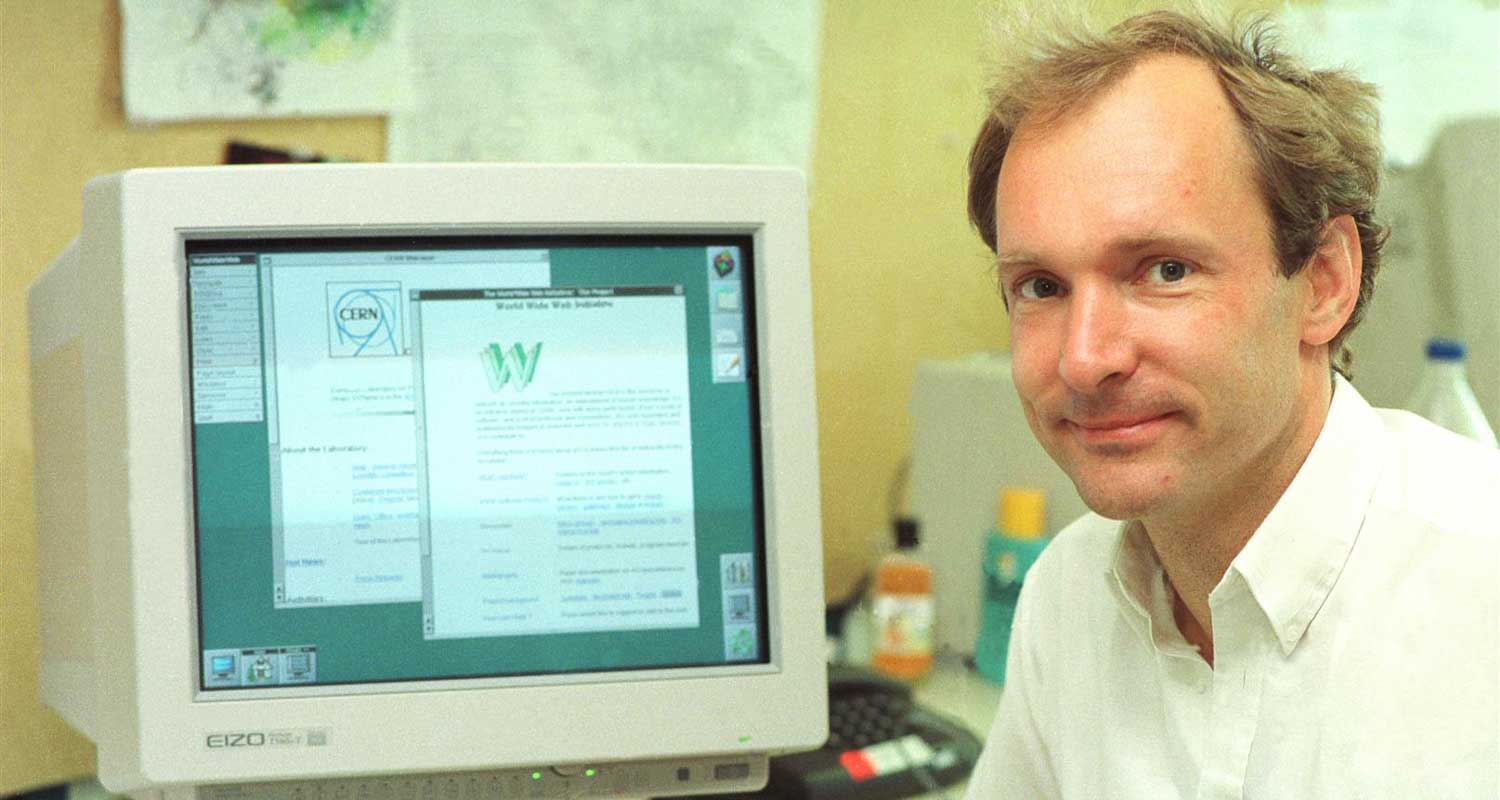
1990
- Tim Berners-Lee invents hypertext, the principal idea that evolves into the world wide web.
- The Hubble Space Telescope is launched.
- The world’s first webcam goes online at Cambridge University.
1991
- Notebook computers are introduced.
- Linus Torvalds creates the first version of Linux, a collaboratively written computer operating system that today powers much of the world’s server infrastructure as well as most smartphones (Android).
1992
- The first unofficial smartphone is developed by IBM.
- Microsoft releases video support for Windows.
1993
- The web has a total of 130 websites at the start of the year.
- Nvidia is founded by Jensen Huang, Curtis Priem and Christopher Malachowsky to develop discrete graphics for personal computers.
- Lynx, a text-based web browser, is launched.
- Apple introduces its first personal digital assistant, the Newton MessagePad. It does not sell well.
- The first instalment on the Doom franchise is released in December, revolutionising computer graphics and the videogaming industry.
1994
- Laurence Canter sends the first spam e-mail.
- Jerry’s Guide to the World Wide Web is created, and is soon renamed Yahoo.
- Voice over IP is invented by Israeli computer scientists Alon Cohen and Lior Haramaty.
- Sony unveils the first PlayStation console.

1995
- The number of US homes with personal computers increases by 16% to reach 38 million.
- Amazon.com and eBay are launched.
- Microsoft NetMeeting, a web collaboration tool, is released.
1996
- WRAL-HD broadcasts the first HDTV signal in the US.
- Universal serial bus, better known as USB, is created.
- The idea behind Google gets its start at Stanford University. Google will be incorporated two years later.
1997
- Wi-Fi becomes available publicly.
- Netflix is founded.
- The first instalment in the Grand Theft Auto franchise in released in November.
1998
- Google opens for business in a Menlo Park, California garage.
- The Open Source Summit event is held, boosting the concept of open-source software.
1999
- Pundits predict a computer system collapse due to the Y2K bug, but almost no problems occur.
- The first BlackBerry mobile device is launched.
- Bluetooth 1.0 is launched.
- Napster is launched, disrupting the music industry.
2000
- Sixty percent of US households own at least one computer.
- GPS becomes available for civilian users globally.
- The LoveBug worm/virus infects 2.5 million PCs.
- The dot-com bubble bursts, sending thousands of internet start-ups to the wall and crashing the US stock market.
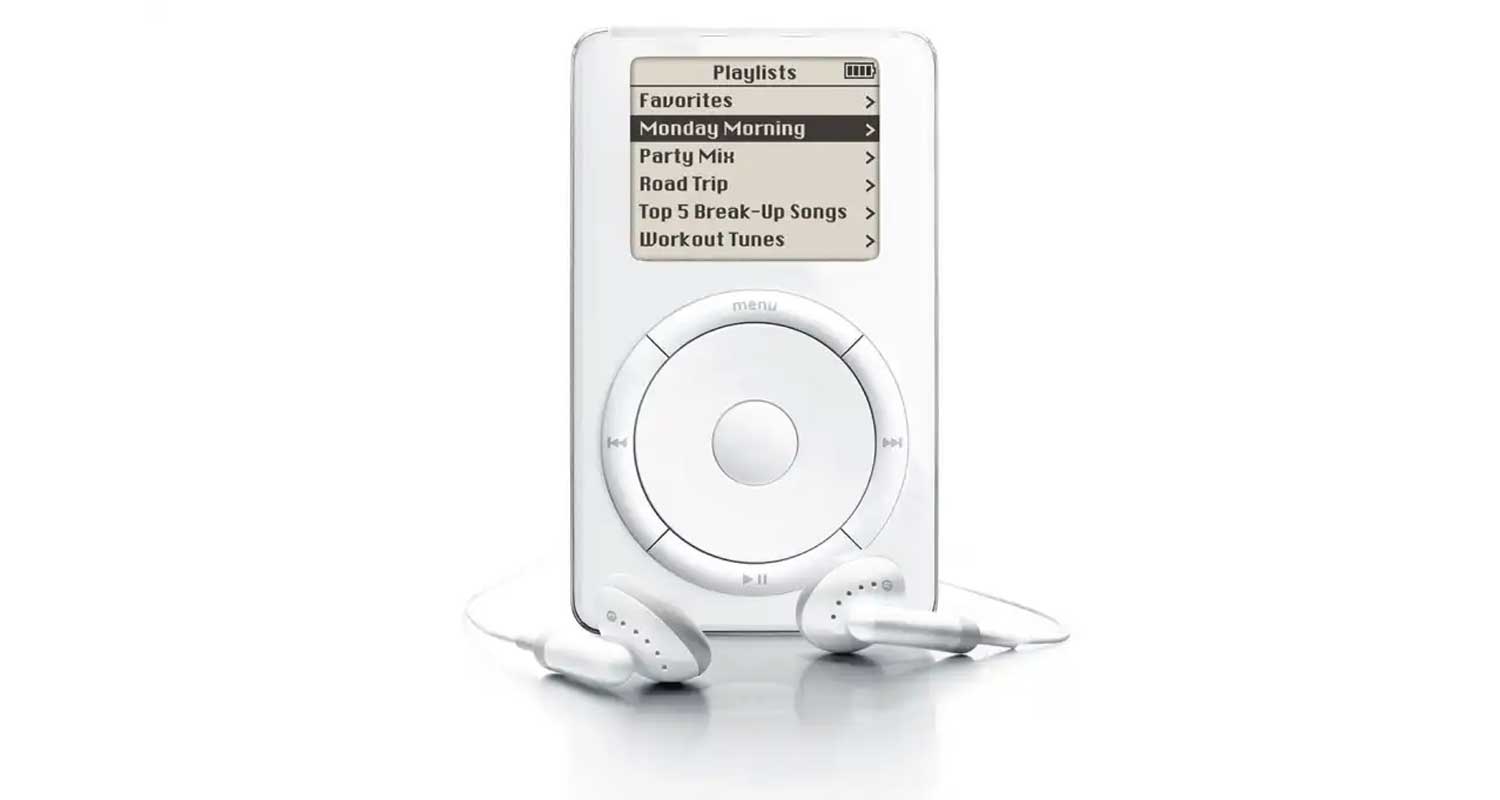 2001
2001
- Apple releases the iPod, leading to further disruptive change in the music industry.
- Wikipedia is launched.
- Microsoft releases the first Xbox console in a challenge to Sony.
2002
- iRobot releases the first version of its Roomba vacuum cleaning robot.
- Friendster, the first widely used social network, is founded.
- SpaceX is founded by Elon Musk.
2003
- Intel incorporates Wi-Fi in its Centrino chip.
- Web services standards are developed, making it much easier for online programs to share data through application programming interfaces.
- Spam e-mail exceeds legitimate e-mail for the first time in May.
- Tesla is founded by Martin Eberhard and Marc Tarpenning.
2004
- Google indexes more than eight billion pages on the web.
- Facebook (limited to Harvard University students only) is founded.
2005
- YouTube, the first video sharing site, comes online.
- Reddit is launched.
- Apple announces it is switching its machines to Intel processors.
- Google Maps is launched.
- MicroSD is developed by SanDisk.
 2006
2006
- Twitter, the micro blogging site, opens with 140-character messages.
- iTunes tops a billion song downloads in May.
- jQuery is introduced.
- Google buys YouTube for $1.65-billion.
- Apple releases the first MacBook, powered by an Intel Core Duo processor and Intel GMA 950 graphics. It is available in black and white colour options.
- FreeMap Israel, now known as Waze, is released.
- Blu-ray, pitched by Sony as a successor to DVD (introduced a decade earlier), is launched.
2007
- Apple introduces the iPhone, setting the standard for modern smartphones.
- Google releases Google Docs, offering free, web-based spreadsheets and word processing tools.
- Google introduces Street View.
- Google releases Android.
- Fitbit and Dropbox are founded.
- Netflix, a mail-order DVD service, introduces its streaming offering.
2008
- HTC Dream, the first smartphone to use Google’s new operating system, Android, is unveiled.
- Apple launches the App Store.
- Shazam is released and Github and Airbnb are founded.
- Spotify is introduced, bringing further disruption to the music industry.
- Activision agrees to a merger with Blizzard.
- SpaceX’s first successful launch, when the Falcon 1 rocket reached orbit.
2009
- Digital television becomes the broadcast standard in the US and other parts of the world, opening the door to web-based TV services.
- The first cryptocurrency, bitcoin, is created.
- Minecraft is released.
- Google ChromeOS is announced.
- WhatsApp is launched.

2010
- Apple introduces the iPad, another revolution in portable “tablet” computing.
- There are 4.7 billion mobile phone subscriptions (two for every three people on the planet). There are more people with mobile phones than have running water or toothbrushes.
- Instagram is launched.
- Samsung introduces the first Galaxy S series device.
2011
- Amazon releases the Kindle Fire tablet.
- There are more than 600 000 iPhone/iPad apps and 400 000 Android apps.
- More than 5.6 million iPhone apps are downloaded daily.
- There are more than 800 million Facebook users (more than one in 10 people on the planet uses the platform).
- Apple co-founder Steve Jobs passes away in October, aged 56.
2012
- Tablet computers become the quickest-adopted technology hardware in history.
- Facebook officially crosses the one billion users mark and buys Instagram in a deal worth $1-billion.
- Ultra-high-definition standard for TVs is announced.
- Google Play is introduced.
2013
- Bitcoin booms as investor fascination with the digital currency drives its value past $1 000 in 2013, up from $13.50 at the start of the year.
- Edward Snowden begins leaking classified National Security Agency information.
- Waze is purchased by Google.
2014
- Facebook buys the Oculus VR company for $2-billion and acquires WhatsApp for $19-billion.
- Google releases Cardboard, a low-cost and do-it-yourself stereoscopic viewer for smartphones.
- Satya Nadella becomes Microsoft CEO, replacing Steve Ballmer.
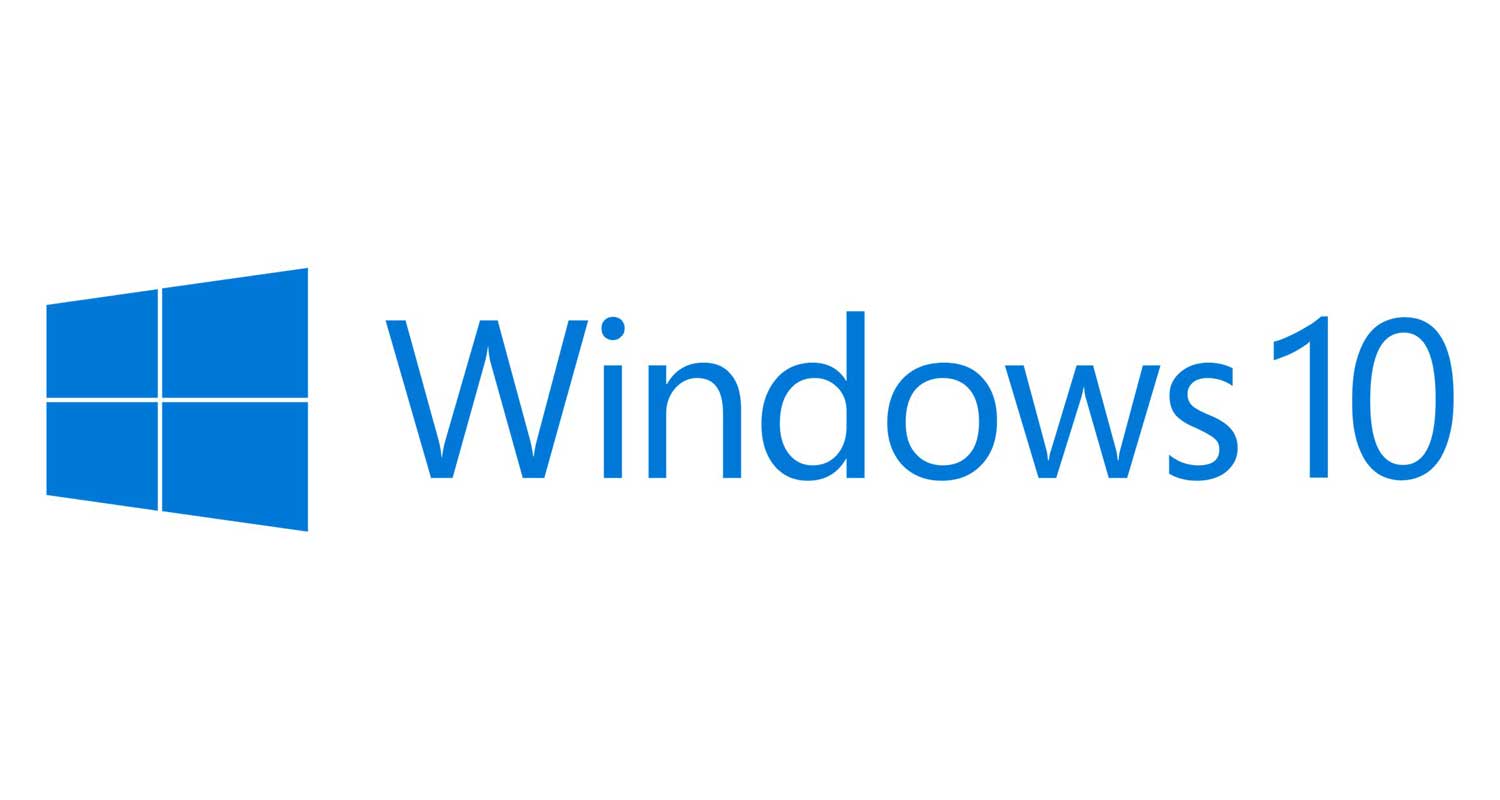 2015
2015
- Microsoft releases Windows 10.
- Amazon releases Amazon Echo and the Alexa ecosystem.
- Google becomes a subsidiary of Alphabet, a newly created entity that houses various assets, including “moonshot” technology projects backed by founders Larry Page and Sergey Brin.
2016
- Apple removes the headphone jack from the iPhone.
- The explosive Samsung Galaxy Note7 is launched and later recalled.
- Snapchat and TikTok are released.
2017
- Many companies are developing their own VR headsets, including HTC, Google, Apple, Amazon, Microsoft, Sony and Samsung.
- Fortnite is released by Epic Games.
- Norway becomes the first country to start switching off FM radio broadcasts, switching to DAB, a digital broadcasting technology.
2018
- The first 5G mobile towers come online.
- Microsoft announces that it will acquire GitHub.
- Pioneering theoretical physicist Steven Hawking passes away.
2019
- Lexar announces the first SD card with a 1TB stotage capacity.
- Apple TV+ is announced.
- Disney+ is introduced.
- First folding smartphones are introduced by Samsung and Huawei.
2020
- Apple launches 5G into its entire iPhone 12 family.
- Quantum computing outperforms classic computing, Google claims.
- In a big blow to Intel, Apple releases the power-efficient M1 chip, a processor designed in-house.
2021
- The metaverse makes its debut.
- Bitcoin hits a record of nearly $69 000.
2022
- The end of passwords is predicted as new forms of authentication are introduced.
- Ethereum moves to “proof of stake”.
- Microsoft announces it intends to acquire Activision Blizzard for $68.7-billion.
- The Twitter board agrees to a $44-billion buyout by Elon Musk.
2023
- Artificial intelligence is the biggest tech trend, centred on developments at OpenAI, Microsoft, Nvidia and Google.
- 6G research begins.
- Generative AI captures the world’s imagination.
- Twitter becomes X.
- Netflix mails its final DVD. — (c) 2024 NewsCentral Media



